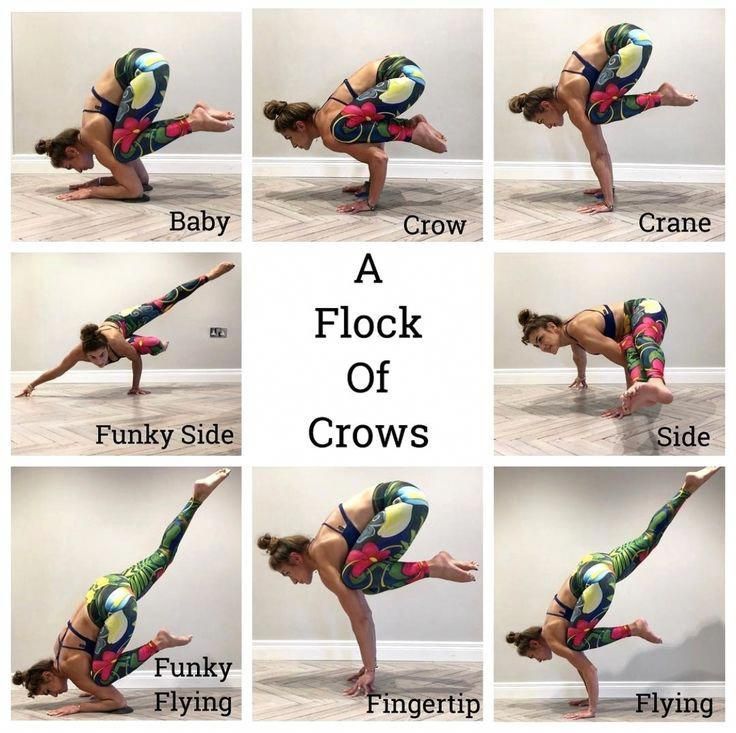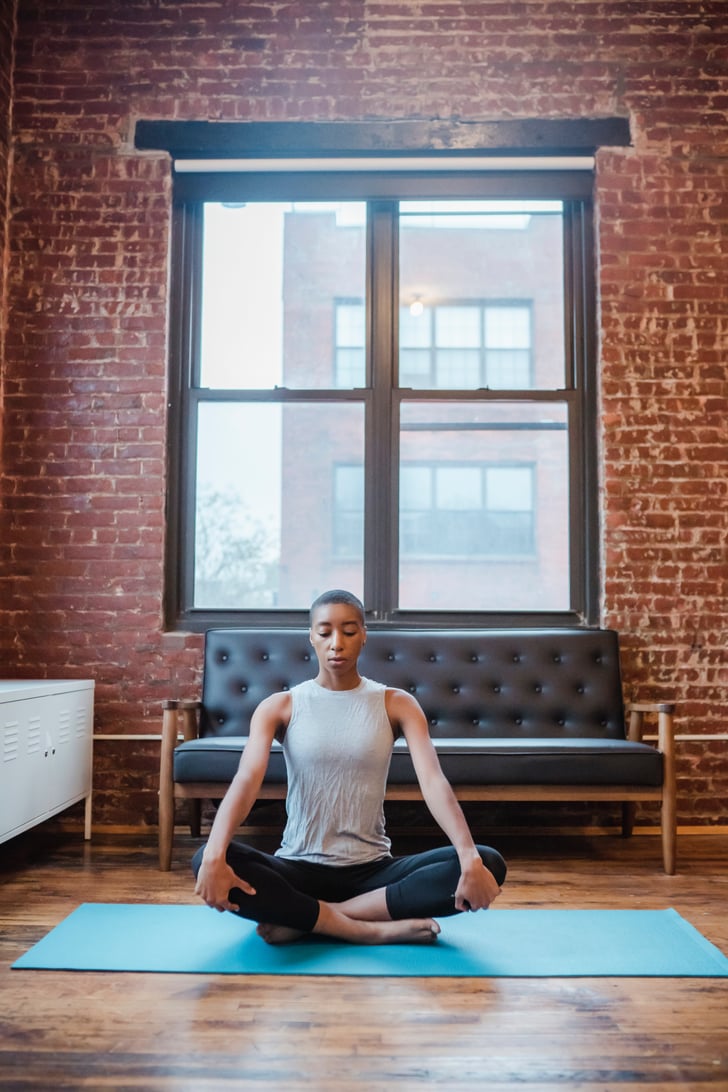
It can be confusing to find classes for beginners if you are new to yoga. There are several styles of yoga available, including Jivamukti Yoga, Ashtanga, Jivamukti Yoga, Vinyasa and Iyengar. The good news: there is a class for you. This article will help you identify the best beginner yoga class.
Iyengar yoga
Iyengar yoga classes for beginners focus on standing poses that are the foundation for more advanced poses. To master these postures, you should practice them continuously. A beginner should also start by reading a book on yoga basics, such as Yogamatters. An Iyengar Yoga Certification Mark will be worn by a fully qualified Iyengar instructor. This mark signifies that they are qualified to teach this style of yoga and have successfully completed extensive training.
Iyengar Yoga for Beginners classes follow a set of yoga poses with the instructor guiding you. Although this sequence assumes that you have some basic knowledge of yoga poses, there are modifications for many poses. A good tip for beginners to yoga is to have a full stomach and to eat a snack before the class. The teacher will give you individualized instruction and correct any form of incorrect alignment.
Vinyasa yoga
Vinyasa yoga is a beginner's class that focuses on the progression of the postures and the flow in your breath. Unlike other types of yoga, you do not have to perform every pose in the exact same way as your teacher. You can ask for modifications to any postures that you find difficult. Talk to your doctor before you start your first yoga class.

Vinyasa yoga is a great place to begin, but it is not the only option. It can be overwhelming for beginners and could lead to injury. In addition to learning how to do yoga poses correctly, a Vinyasa yoga for beginners class will help you practice at home or outside of the class. If you are new to the practice of yoga, it is crucial to study the variations and the poses. Here are some considerations when signing up for Vinyasa beginner yoga classes.
Ashtanga yoga
An Ashtanga yoga beginners class is a wonderful way to begin yoga. This style of yoga is based on six series of asanas, with each series building upon the previous one. Regular practice will increase your strength, flexibility, and focus, while improving your mental state and clarity. You can practice Ashtanga at home as well. Beginners should choose a class that focuses on the style of yoga, and seek out a teacher who will guide them through the asanas and give them proper instruction.
A good Ashtanga yoga for beginners class will teach students the basics of led Ashtanga practice, including breathing techniques and vinyasa count. The beginners class will teach you the basics of Ashtanga, whether you are a beginner or an expert in other types of yoga. Half of the Primary Series poses will be covered, with modifications available for those who are less flexible or not as fit.
Jivamukti Yoga
Jivamukti yoga beginners classes are great for those who are just starting yoga or want to improve their practice. You will learn the basics and then move on to more challenging vinyasa as you go. These classes will give you the foundation to practice for many years. You will learn to breathe correctly and to move comfortably.
Jivamukti's beginner classes are safer than most other classes. They will begin with some basic poses and then move on to more challenging poses such as splits and headstand. You will learn how to properly hold each pose and how to deeply breathe. Focusing on your breath and grounding in each pose will teach you the benefits of this exercise.
Child's pose

In a beginner's class of yoga, you might start with the Child's pose. This pose helps you to open your chest, back and encourage awareness of your breath. This is a restorative and great pose that can be used to transition between different poses or for when you are short of breath. You can perform Child's Pose by taking a long, deep inhale through your nose. You will feel more circulation and less pain in your lower back if you keep your shoulders and front torso open.
Child's pose, which is a comfortable and relaxing posture for all levels of practitioners, can be helpful. It helps the mind to focus and calms the mind, and is therapeutic for people who are stressed and experiencing physical pain. It's also an effective way to stop backbends. It brings balance back to the mind and body. To improve your flexibility, you may want to try this pose during a beginner class in yoga.
Cobra pose
You must ensure that your body and foundation are correct when you do the Cobra pose. This yoga position strengthens your spine through elongation. This pose can help women with irregular periods and increase blood flow. To start practicing the Cobra pose, lie flat on your back and extend your legs back. Lift your elbows and press firmly into the floor. To get a better understanding of this pose, see a yoga for beginners class.
Cobra Pose is an effective yoga position that strengthens your spine and chest. It relieves back pain and awakens the Kundalini energy that promotes self-realization. Beginners can perform this pose with their hands beneath the shoulder blades. This pose is useful for back and sciatica pain relief. The beginner's class will teach students how to hold this posture safely and effectively.
FAQ
How does mental illness affect our daily lives and daily activities?
Everybody experiences mental illness at some time in their lives. The main difference between those who suffer from mental illness and others is that they don't seek help for it. If you feel like something is wrong, talk to someone about it. There are many methods to manage anxiety, depression, and stress. These include medication, therapy or exercise.
What can I do to prevent mental health problems?
Preventing mental health issues is easier said than done. Here are some points to keep your mind clear:
-
Don't drink alcohol. It can alter your moods and increase your chances of developing depression.
-
Avoid using drugs. Avoid drugs. They can alter brain chemistry, making you feel worse.
-
Sleep enough. Depriving yourself of sleep can lead to anxiety and depression.
-
Exercise regularly. Exercise releases endorphins in your body, which makes you happy.
-
Choose healthy foods. Junk food can make you feel lazy and unwell.
-
Spend quality time spending it with loved ones. Spending time together with someone you love can boost your mood.
-
Have fun. Have fun!
-
Take breaks from social media. Social media can make you feel isolated and lonely.
-
Treat yourself with kindness. Treat yourself nicely, even if you aren't feeling great.
-
Ask for help. Ask for help if you are having difficulty coping. Talking to a friend or family member can help.
-
Remember to be kind and gentle with yourself. The act of crying helps relieve stress and tension. It does not necessarily mean that something is wrong.
-
Keep busy. Do something that you love.
-
You should practice good hygiene. Neglecting to maintain a clean environment can lead to a feeling of unattractiveness and lackluster appearance.
-
Stay connected. Connecting with others will help you stay positive.
-
Learn how relaxation works. You can relax by using relaxation techniques such as yoga or meditation to help you manage stress.
-
Find meaning in what you do. Finding purpose in your work and hobbies can give you a sense of fulfillment.
-
Focus on the present moment. Focusing on the present moment will allow you to stop worrying about the future.
-
Set goals. Set goals will motivate you to achieve them.
-
Do something nice to yourself. You can improve your self-esteem by doing something nice for you.
-
Practice gratitude. Gratitude can help you appreciate all the good things in your life.
-
Volunteer. Volunteering can be an enjoyable way to spend time and make a difference in the world.
-
Give back. Giving back to others can make you feel fulfilled.
-
Pay attention to warning signs. If you notice any changes in behavior, don't hesitate contacting help.
Is mental well-being more important than working?
It is vital that everyone has a good mental health, especially those who work. It is important to take time to relax, whether you're at work or with friends.
If you find that you cannot relax, you should talk to your boss or supervisor. They might be able suggest ways to reduce stress.
You must also care for your physical well-being. You should eat right, exercise, and get plenty of rest.
Statistics
- Similarly, while there is some agreement about the boundaries of typical mental disorders 2, there is likely less agreement about those for positive mental health. (ncbi.nlm.nih.gov)
- Similarly, for positive mental health, there is likely to be substantial agreement about some typical components (e.g., resilience to stress) 6, and controversy about more atypical components (e.g., career consolidation). (ncbi.nlm.nih.gov)
- Neuropsychiatric diseases are the leading cause of death and disability in the U.S., accounting for 18.7 percent of all years of potential lifespan loss and premature mortality.
- Appropriate nutrition and exercise are likely among the most efficacious and cost-effective positive mental health interventions. (ncbi.nlm.nih.gov)
- In any given year, an estimated 18.1% (43.6 million) of U.S. adults ages 18 years or older suffered from any mental illness, and 4.2% (9.8 million) (healthypeople.gov)
External Links
How To
How to Handle Stress
Stress is a natural part of our lives. But when we feel stressed, it's important to find ways to relax. Stress can affect all aspects of your lives. It can cause headaches and other physical problems, such as neck pain, backache, stomach pain, nausea, vomiting, diarrhea, constipation (insomnia, depression), anxiety, mood swings, muscle spasms, and stomach pain. You may even develop ulcers if you're under chronic stress.
There are many methods to reduce stress. Exercise increases endorphin release, which can make you happy and relaxed. Meditation reduces stress levels by slowing down to take deep, calm breaths. Yoga is another way to reduce stress levels and improve your overall health.
The most effective way to manage stress is to learn how to control it and eliminate it altogether. Ask someone who does.